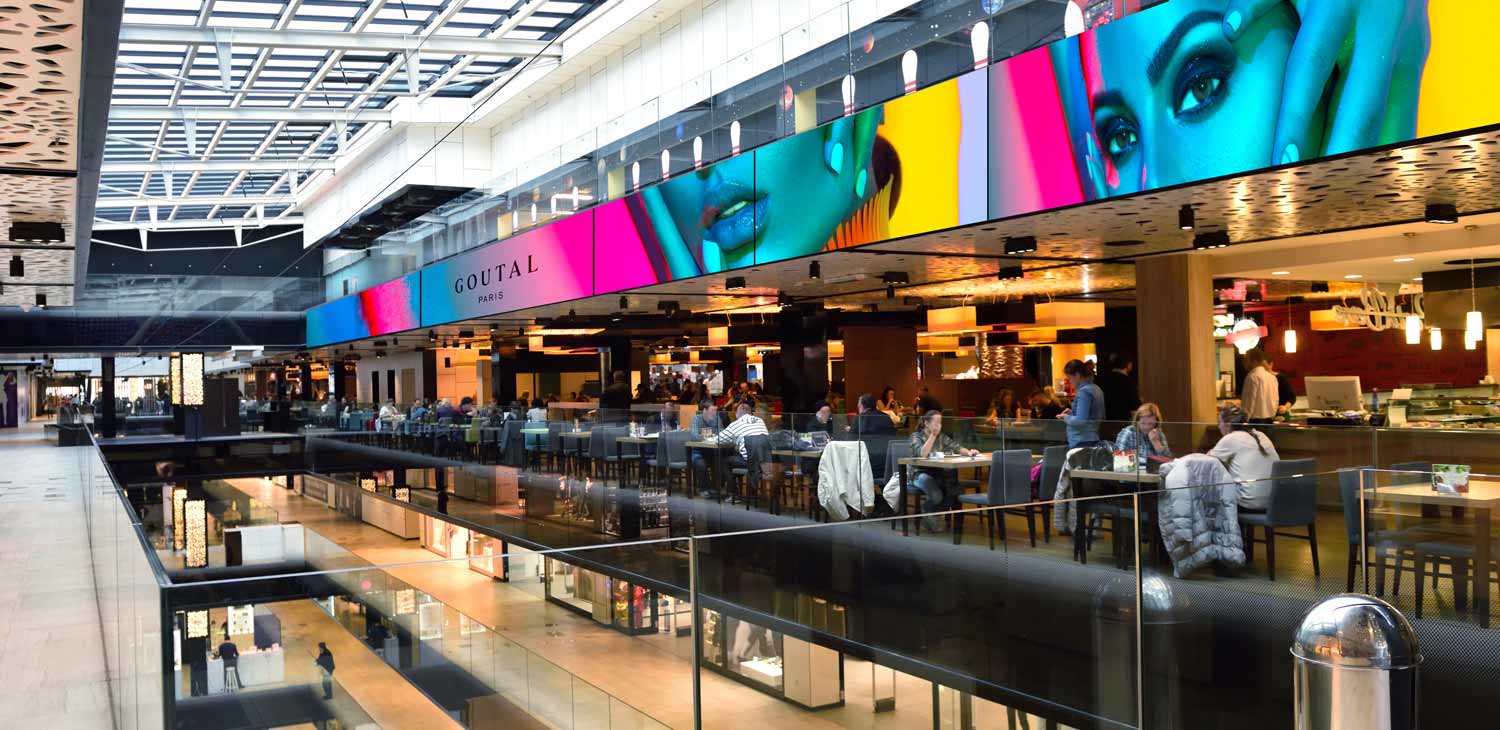Digital signage systems are becoming increasingly popular in retail environments as a dynamic way to engage customers and enhance the overall shopping experience. By incorporating digital displays throughout the store, retailers can convey targeted messages, promotions, and product information in real-time.
Setting up a digital signage system may seem daunting at first, but with the right knowledge and tools, it can be a straightforward process. In this how-to guide, we will walk you through the steps to successfully implement a digital signage system in your retail space, from choosing the right hardware and software to designing compelling content that resonates with your target audience.
1. Selecting the Right Hardware and Software for Digital Signage Systems in Retail

Selecting the right hardware and software for digital signage systems in retail can be a daunting task, but its essential for creating an effective and engaging customer experience. When choosing hardware, consider factors such as display size, resolution, and connectivity options to ensure your digital signage stands out.
Additionally, be sure to select software that is user-friendly, customizable, and allows for easy content management and scheduling. By investing in the right hardware and software, retailers can create eye-catching digital displays that drive sales and enhance the overall shopping experience for customers.
2. Installing and Configuring Digital Signage Displays in Retail Spaces

When it comes to setting up digital signage displays in retail spaces, it is essential to first determine the optimal locations within the store to maximize visibility and impact. Consider factors such as foot traffic patterns, customer demographics, and the layout of the space.
Once the locations have been identified, the next step is to install the displays securely and configure them to display relevant and engaging content. This may involve working with a content management system to schedule and update promotions, sales, and other messaging in real-time.
It is also important to consider the design and aesthetics of the displays to ensure they complement the overall branding and atmosphere of the store. With careful planning and execution, digital signage can enhance the customer experience and drive sales in retail environments.
3. Creating Engaging Content and Managing Digital Signage Networks in Retail Stores

When it comes to creating engaging content and managing digital signage networks in retail stores, its important to keep the customers attention in mind. By incorporating a mix of longer, more detailed sentences and shorter, snappier phrases, you can maintain interest and convey information effectively.
Consider using visually appealing graphics, eye-catching colors, and concise messaging to grab attention. Additionally, make sure to regularly update your content to keep it fresh and relevant.
By keeping these strategies in mind, you can create dynamic digital signage that effectively communicates with your customers and enhances their overall shopping experience.
Conclusion
In conclusion, implementing a digital signage system in retail can significantly enhance the customer experience, increase sales, and improve overall brand visibility. By following the helpful tips and guidelines outlined in this how-to guide, retailers can successfully set up and manage a digital signage system that effectively delivers targeted messages to their customers.
From choosing the right hardware and software to designing engaging content and strategies for maintenance, digital signage has the power to revolutionize the way retailers communicate with their customers and drive business growth. Embracing the opportunities that digital signage offers can truly help retailers stay ahead in todays competitive market.


